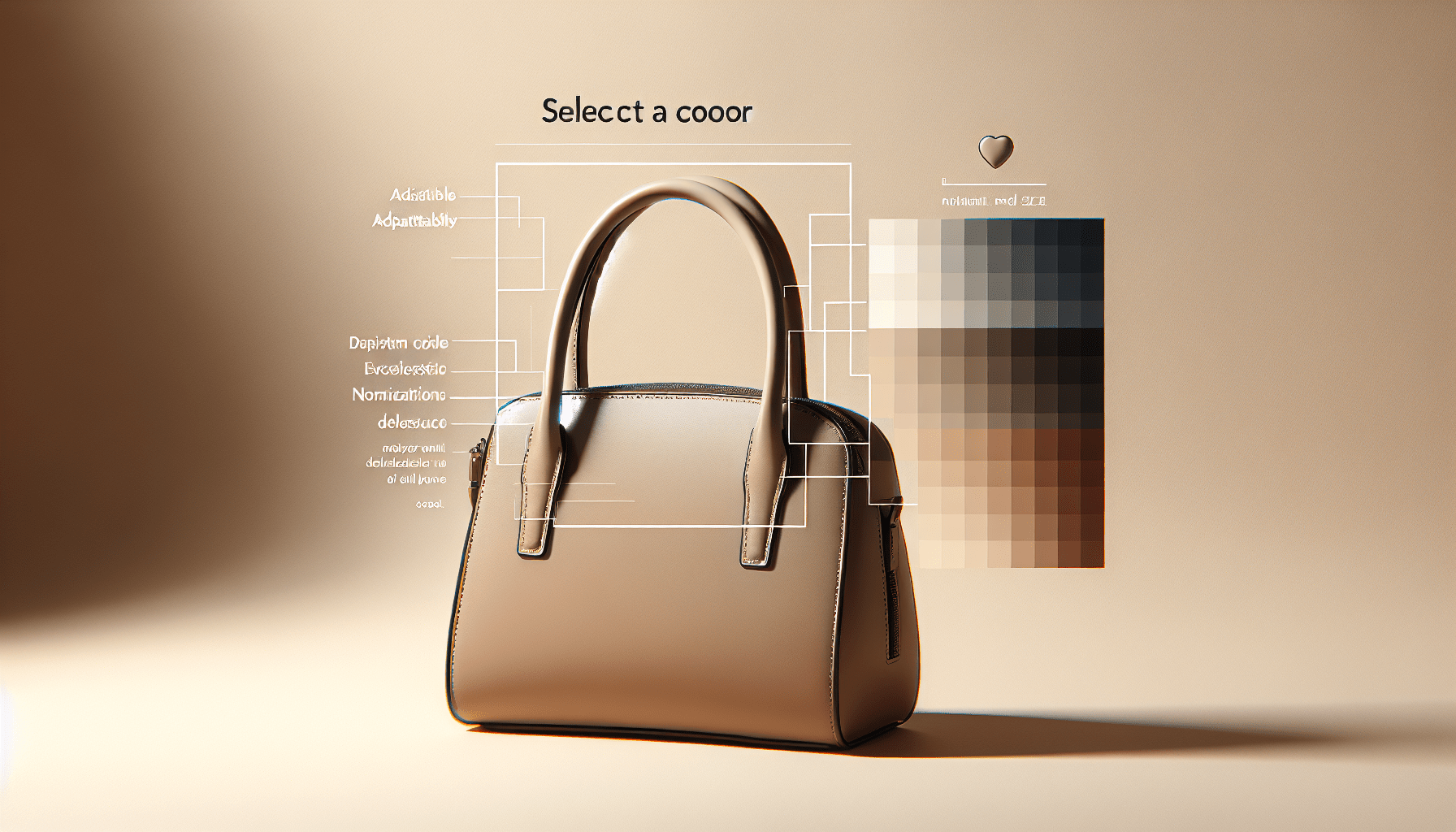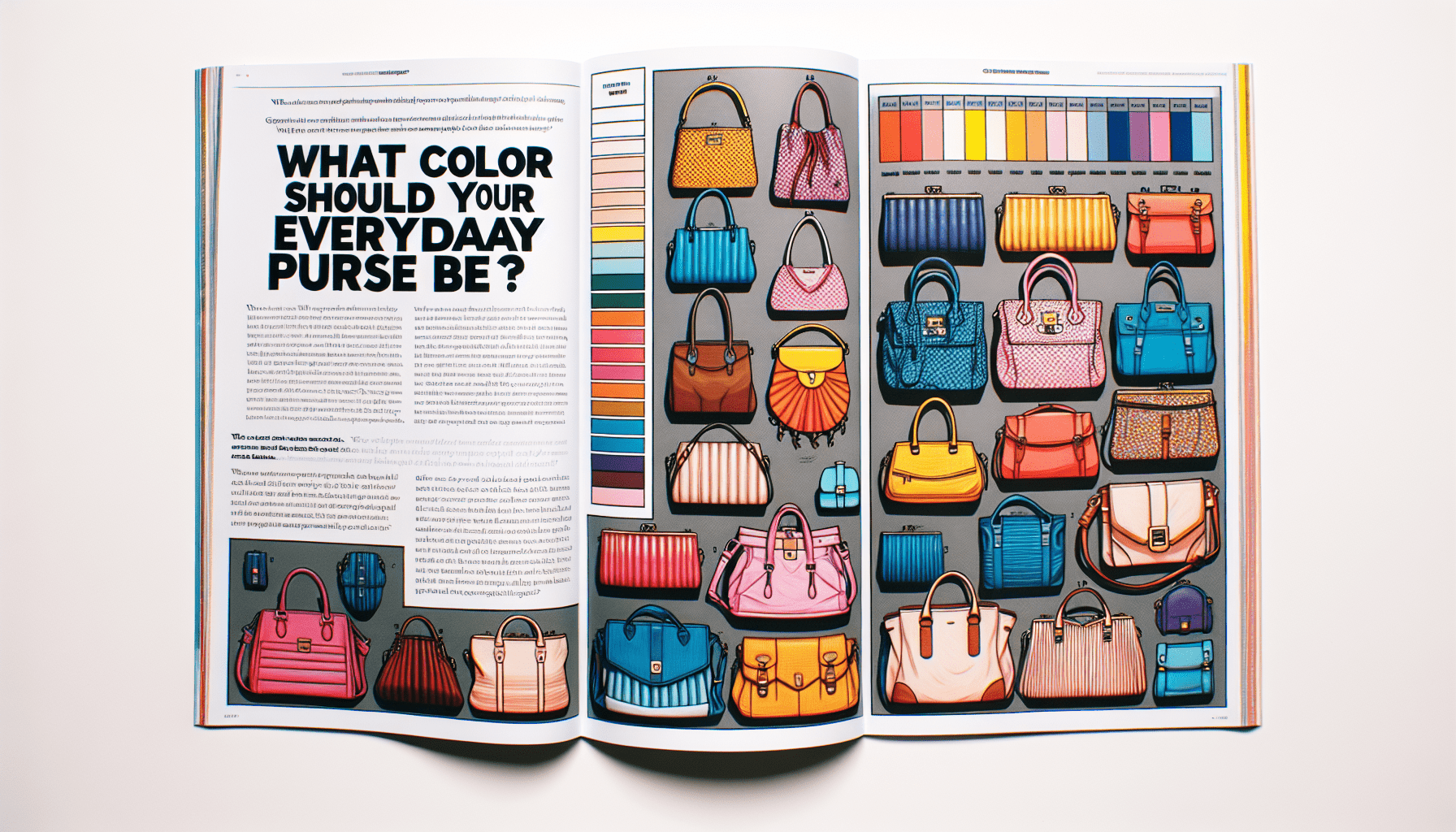How To Pack Clothes In A Backpack
packing clothes efficiently in a backpack can be a daunting task, especially if you’re headed on an adventurous journey. But fear not, as this article will guide you through the best practices to ensure your clothes are neatly organized and don’t take up unnecessary space in your backpack. From rolling techniques to strategic placement, you’ll discover simple yet effective tips that will make packing a breeze, leaving you more time to focus on the exciting adventures that lie ahead. So, grab your backpack and let’s dive into the art of packing clothes efficiently!
Choosing the Right Backpack
When it comes to choosing the right backpack for your travels, there are a few factors you should consider. the size of the backpack is one of the most important considerations. You want to make sure that it is large enough to hold all your belongings, but not so large that it becomes bulky and uncomfortable to carry. Think about how long your trip will be and how much stuff you typically pack. A backpack with a capacity of around 40-50 liters is generally a good size for most travelers.
Another important feature to look for in a backpack is multiple compartments. These compartments will help you stay organized and make it easier to find things quickly. Look for a backpack with at least two or three compartments of different sizes. This will allow you to separate your clothes, electronics, and other items, making it easier to access what you need without unpacking everything.
Adjustable straps and back padding are also crucial for comfort. Look for a backpack with straps that can be adjusted to fit your body properly. This will ensure that the weight of the backpack is distributed evenly and prevent any strain or discomfort. Additionally, back padding will provide extra support and cushioning, making it more comfortable to carry your backpack for extended periods.
Sort and Organize Your Clothes
Before you start packing your clothes, it’s helpful to make a packing checklist. This will ensure that you don’t forget anything and make it easier to organize your clothes into categories. Separate your clothes into categories such as tops, bottoms, undergarments, and so on. This will not only make it easier to find what you need but also help prevent your clothes from getting wrinkled or damaged during transportation.
When it comes to packing clothes, you have two main options: folding or rolling. Folding is a more traditional approach and works well for bulkier items like sweaters or jeans. However, rolling your clothes can help save space and reduce wrinkles. This technique works best for thinner garments such as t-shirts or lightweight dresses. Experiment with both methods to see what works best for you and your backpack.
Maximizing Space Utilization
To make the most of the space in your backpack, consider using packing cubes or compression bags. These handy tools can help you pack more efficiently and keep your clothes organized. Packing cubes are small fabric containers that fit inside your backpack and allow you to neatly arrange your clothes. Compression bags, on the other hand, remove excess air and condense your clothes, making them take up less space.
In addition to using packing cubes or compression bags, there are other space-saving techniques you can employ. For example, rolling your clothes instead of folding them can help save space. You can also fill small gaps in your backpack with items such as socks or accessories. These small items can be tucked into corners or empty spaces, making sure no space goes to waste.
Pack Wrinkle-Prone Clothes
If you’re packing clothes that are prone to wrinkling, there are several techniques you can try to minimize wrinkles during your journey. One option is to use tissue paper or dry cleaner bags to separate your delicate garments. Place a sheet of tissue paper or a dry cleaner bag between each layer of clothing to create a barrier that helps prevent wrinkles.
When folding or rolling your clothes, make sure to use proper techniques to minimize wrinkles. For example, when folding, try to fold along the natural creases of the garment. When rolling, start from one end and roll the garment tightly to keep it smooth and wrinkle-free. Additionally, consider packing delicate fabrics separately to prevent them from rubbing against other items and causing wrinkles or damage.
Organizing Electronics and Accessories
When it comes to organizing your electronics and accessories, it’s important to keep them separate and protected. Look for a backpack with dedicated compartments for your electronics. These compartments will keep your devices safe and prevent them from getting damaged or scratched.
For smaller accessories such as cables, chargers, or adapters, consider using cable organizers or pouches. These small, lightweight bags can help keep your accessories tidy and prevent them from tangling or getting lost in your backpack. Additionally, for items like jewelry or sunglasses, separate them into ziplock bags to keep them organized and protected.
Pack Shoes Efficiently
Shoes can take up a significant amount of space in your backpack, so it’s important to pack them efficiently. Start by placing your shoes at the bottom of your backpack, near the back. This will help distribute the weight evenly and provide a stable base for the rest of your items.
To make the most of the space inside your shoes, stuff them with socks or other small items. This not only helps to keep the shape of your shoes but also maximizes space utilization. Additionally, to protect your other belongings from dirty or smelly shoes, consider covering them with a fabric bag or a shower cap. This will keep your backpack clean and ensure your clothes stay fresh.
Prioritize Essential Items
When packing your backpack, it’s important to keep your essential items easily accessible. Consider keeping frequently-used items in the outer pockets or compartments of your backpack. This way, you won’t have to rummage through your entire backpack every time you need something.
To further organize your essential items, pack them in a separate bag or pocket within your backpack. This could be a small pouch or a ziplock bag. By keeping these items together, you’ll always know where to find them and avoid the frustration of digging through your backpack in search of something important.
Additionally, consider the weather and activities you’ll be engaging in during your trip. Pack clothes and accessories that are suitable for the climate and the activities you have planned. This will ensure that you have everything you need without overpacking or carrying unnecessary items.
Secure Valuable and Fragile Items
When packing valuable or fragile items, it’s important to take extra precautions to protect them during transit. One effective method is to wrap these items with clothing or soft materials. This adds an additional layer of padding and helps to cushion the items.
For valuable items such as passports, cash, or electronics, consider using a lock or hidden pocket within your backpack. This adds an extra layer of security and provides peace of mind. However, it’s important not to overpack your backpack as the excess weight and pressure can potentially damage your valuable items.
Tips for Keeping Your Backpack Organized
To maintain an organized backpack throughout your trip, there are a few tips you can follow. Firstly, pack like items together. Keep your clothes in one compartment, your electronics in another, and so on. This makes it easier to locate specific items when you need them.
Separating clean and dirty clothes is also essential to avoid mixing them together and keeping everything fresh. Utilize mesh pockets or small bags inside your backpack to separate dirty clothes from clean ones. This will also help prevent odors from spreading.
Finally, utilize mesh pockets or small bags for storing items such as toiletries, socks, or accessories. These pockets can keep these smaller items organized and easily accessible, preventing them from getting lost or tangled with other belongings.
Maintaining a Comfortable Backpack Weight
When packing your backpack, it’s important to consider the weight of your items to ensure a comfortable travel experience. One way to achieve this is by packing lighter clothes or choosing multi-purpose clothing. Lightweight garments take up less space and help reduce the overall weight of your backpack.
Additionally, pay attention to the weight distribution inside your backpack. Heavy items should be placed closer to your back and centered to maintain a balanced weight. This will prevent strain on your shoulders and back and ensure a more comfortable carry.
Lastly, regularly review and remove any unnecessary items from your backpack. It’s easy to overpack, but by periodically going through your belongings, you can identify items that aren’t essential and remove them. This will help lighten the load and keep your backpack more comfortable to carry throughout your journey.
By following these tips and techniques, you can pack your clothes efficiently and keep your backpack organized. Remember to consider the size and features of your backpack, sort and organize your clothes, maximize space utilization, pack wrinkle-prone clothes with care, organize electronics and accessories, pack shoes efficiently, prioritize essential items, secure valuable and fragile items, and maintain a comfortable backpack weight. Happy packing and safe travels!




